Description
Chymosin: The Rennet Enzyme Revolutionizing Cheese Making
For centuries, cheesemaking has been a delicate art, a dance between milk, microbes, and a crucial ingredient: rennet. And at the heart of rennet lies chymosin, the enzyme responsible for that magical coagulation that transforms liquid milk into a solid curd, the foundation of countless cheeses worldwide.
What is Chymosin?
Chymosin, also known as rennin, is an aspartic protease (an enzyme that breaks down proteins) naturally produced in the stomachs of young ruminant mammals, particularly calves. Its primary function is to break down casein, the main protein in milk, enabling the calf to digest the milk more efficiently. In cheesemaking, chymosin performs the same function, specifically targeting kappa-casein.
The Role of Chymosin in Cheesemaking:
Milk is a complex colloidal suspension where casein proteins are suspended in a liquid. Kappa-casein, acting as a stabilizer, prevents these proteins from clumping together. Chymosin cleverly cleaves a specific bond in kappa-casein, destabilizing the protein micelles. This allows the calcium ions present in the milk to cross-link the remaining casein molecules, leading to the formation of a three-dimensional network, or curd. In simpler terms, chymosin causes the milk to thicken and solidify, separating into solid curds and liquid whey.
The History and Evolution of Rennet:
Historically, rennet was extracted directly from the abomasum (the fourth stomach compartment) of slaughtered calves. This “animal rennet” was effective but faced several challenges:
- Ethical Concerns: The necessity of slaughtering calves for rennet production raised ethical concerns for some consumers.
- Supply Issues: The availability of rennet was dependent on the slaughter of young calves, making the supply volatile and potentially limited.
- Consistency Problems: The quality and potency of animal rennet could vary depending on factors like the calf’s diet and age.
These challenges spurred the search for alternative sources of chymosin, leading to the development of two game-changing solutions:
- Microbial Rennet: Derived from certain fungi or bacteria, microbial rennet offered a vegetarian alternative. While effective, cheeses made with microbial rennet can sometimes exhibit a slightly bitter taste or textural differences compared to those made with animal rennet.
- Fermentation-Produced Chymosin (FPC): This revolutionary technology involves inserting the chymosin gene from calves into microorganisms (like bacteria, yeast, or fungi) which are then grown in huge fermentation tanks. These microorganisms become miniature chymosin factories, producing large quantities of pure chymosin.
The Benefits of Fermentation-Produced Chymosin (FPC):
FPC has become the dominant form of chymosin used in modern cheesemaking for several compelling reasons:
- Ethical Solution: Eliminates the need to slaughter calves for rennet production, making it suitable for vegetarians (though not vegans, as the gene originates from an animal).
- Consistent Quality: Offers a highly pure and consistent product, leading to predictable and reproducible cheese quality.
- Large-Scale Production: Provides a reliable and sustainable source of chymosin, meeting the demands of the global cheese industry.
- Improved Cheese Characteristics: Often results in cheeses with superior taste, texture, and yield compared to those made with animal rennet.
Chymosin Today:
Today, fermentation-produced chymosin (FPC) accounts for the vast majority of rennet used globally. It has revolutionized cheese production, making it more ethical, sustainable, and consistent. While animal rennet and microbial rennet are still available and used by some cheesemakers, FPC remains the industry standard, ensuring the continued availability of the cheeses we know and love.
Looking Ahead:
Ongoing research continues to optimize the production and application of chymosin. Scientists are exploring new microbial strains and refining fermentation processes to further enhance the enzyme’s efficiency and improve the quality of cheeses. As consumer demand for sustainable and ethically produced food continues to grow, chymosin, particularly FPC, will remain at the forefront of cheesemaking innovation.
From its humble beginnings as a calf’s digestive enzyme to its sophisticated role in modern biotechnology, chymosin has played a pivotal role in shaping the world of cheese. It is a testament to the power of enzymes and the ingenuity of human innovation in transforming a simple ingredient like milk into a culinary delight.

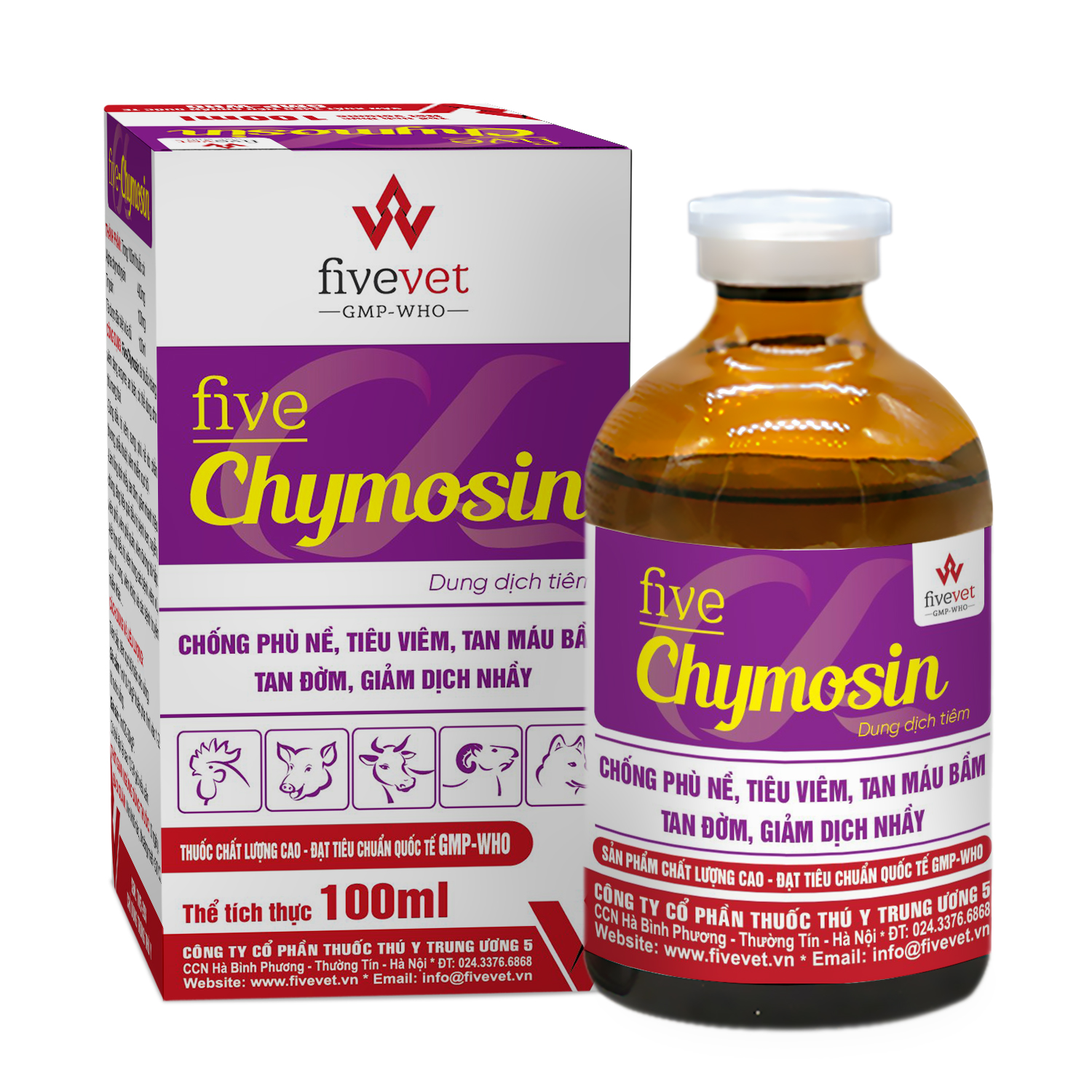
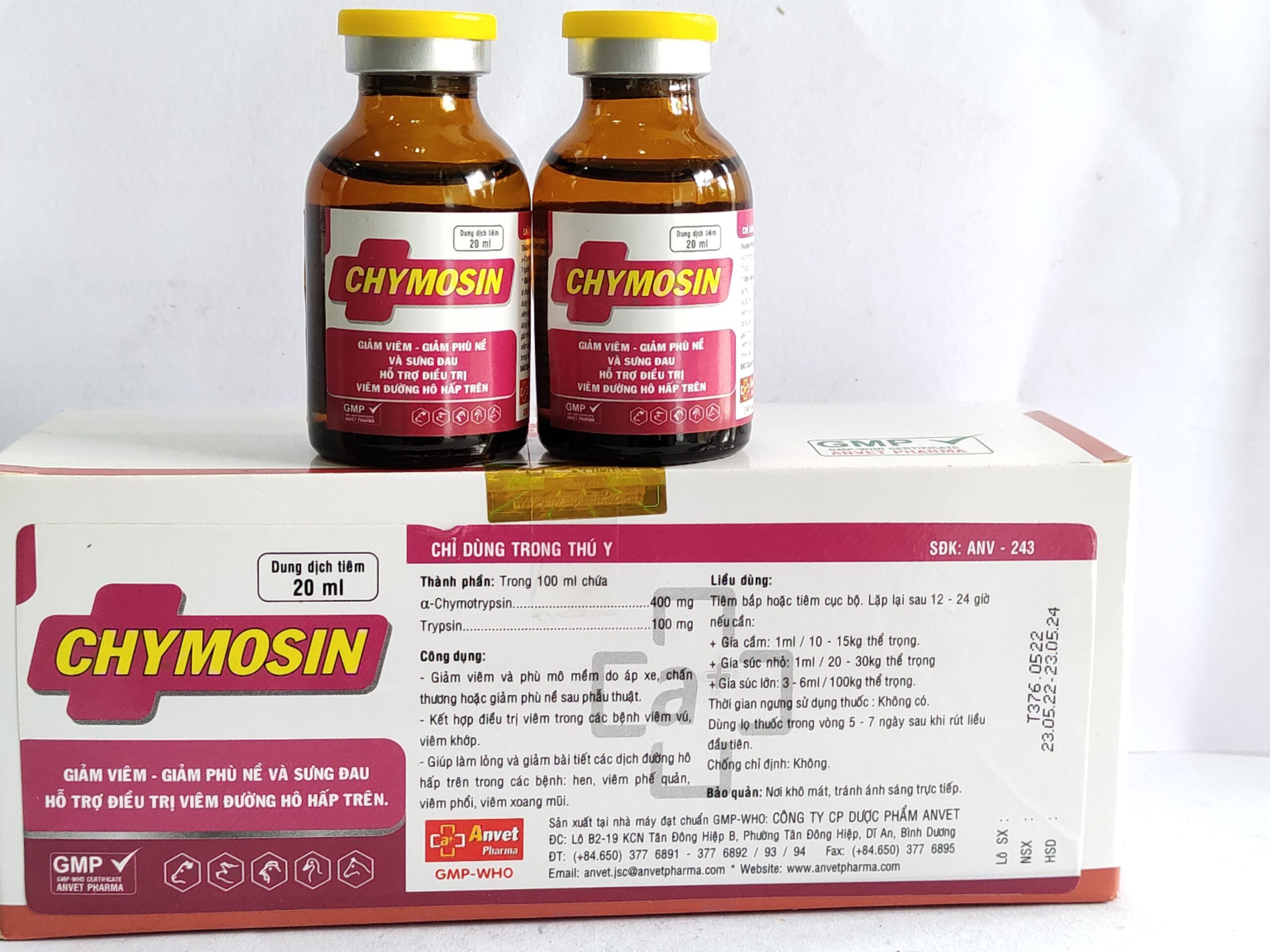

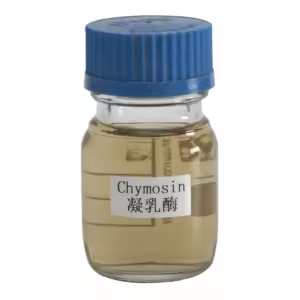
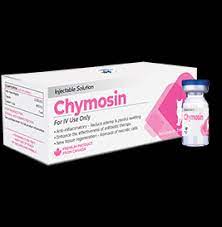

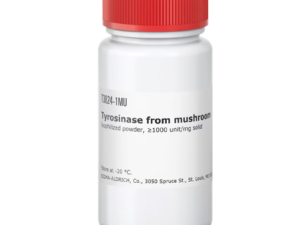
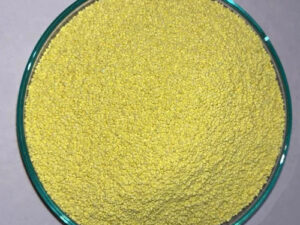

Reviews
There are no reviews yet.